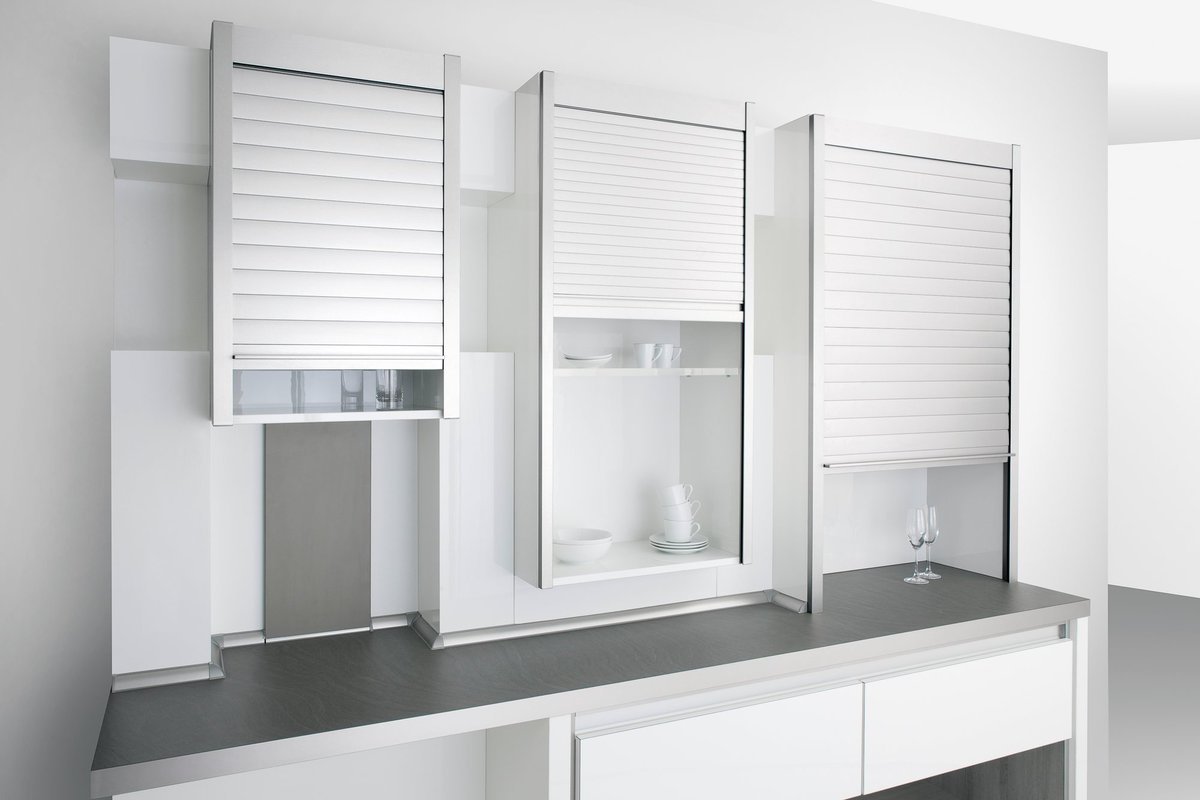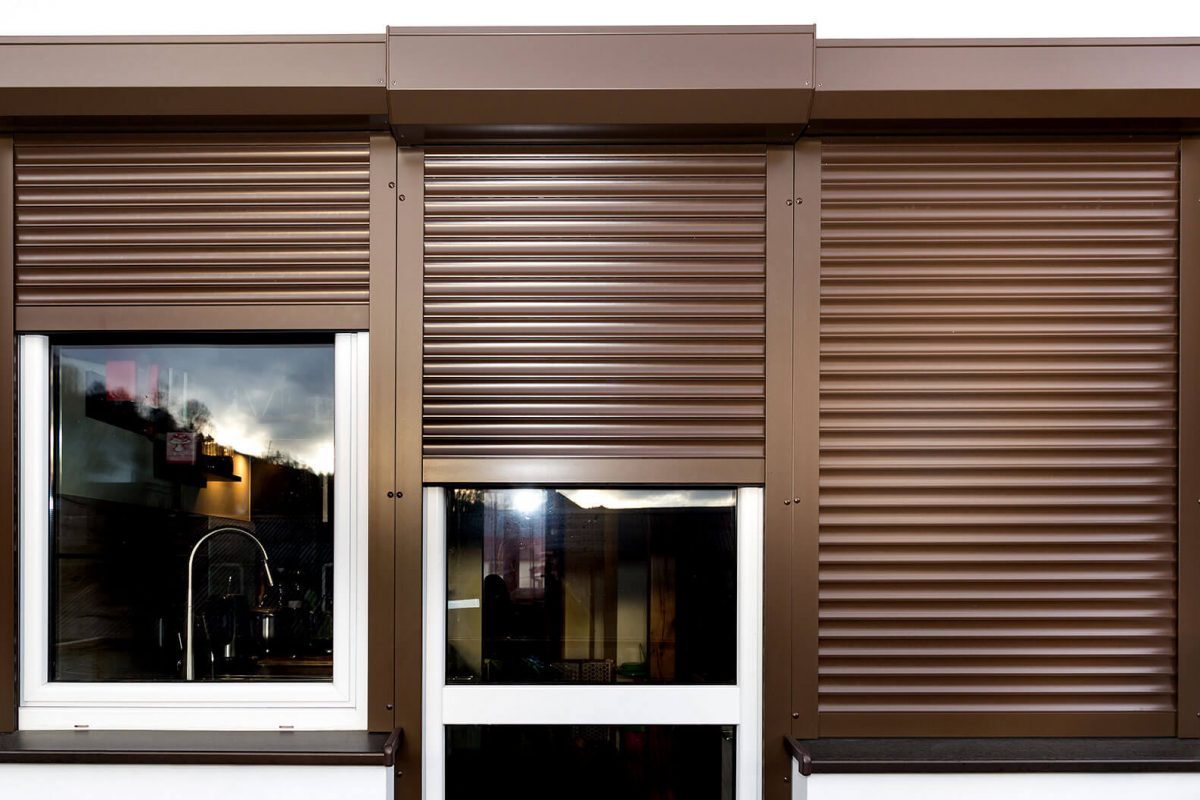In autumn, when temperatures drop and the first October winds make the shutters rattle, nothing is more annoying than a roller shutter that suddenly refuses to lower properly, just when you want to shut yourself in and stay warm.
This problem, which is common before winter, raises many eyebrows in France: should you dismantle everything, call in a professional urgently, or is there a quick trick to avoid the headache? The good news is that getting your roller shutter back on track is often just a matter of common sense and a few simple steps that anyone can do, even without a full set of DIY tools. Here’s how to identify the problem, fix it, and prevent it from happening again when the cold weather sets in.
Identify the source of the problem in the blink of an eye: put an end to roller shutters that get stuck
Identify the signs of a shutter that has come off its rails
It is not uncommon for the shutter (the series of slats that roll up to cover the window) to become misaligned in its rails due to rapid handling or small obstacles left on the window sill. The symptoms are unmistakable: the shutter descends crookedly, makes unusual noises (clacking, scraping), or stops abruptly, as if held back by an invisible hand. A careful look on one side and then the other is usually enough to spot an abnormal gap between the apron and the metal guide, or a slat that is stuck.
Knowing how to spot misaligned or damaged fasteners
If the apron seems to be in place, it is sometimes the fasteners (the small fixtures that connect the apron to the winding shaft) that are the problem. Over time, they can become misaligned, worn or even broken. As a result, some slats no longer follow the track and the shutter strains, risking complete breakage in the long run. A gentle inspection, with the shutter half down, often reveals whether a fastener is bent, half out or about to give way. A detail that makes all the difference.
The quick method for realigning the slats without dismantling everything
Put the apron back in its rails, step by step
Here’s the famous trick that saves the day: putting the apron back in its rails and readjusting the fasteners is usually enough to fix the problem, without having to open the entire box or uninstall the mechanism. In practical terms:
- Stop the manoeuvre as soon as the shutter jams. Do not force it further to avoid damaging the slats.
- Gently lift the apron by hand from the bottom, while locating the slat that is no longer in its rail.
- Guided by a small torch if necessary, reposition this slat in the relevant slide. Sometimes, a slight pressure or a sideways movement is enough to put it back in place.
The operation rarely takes more than five minutes and often leaves you with a sense of satisfaction worthy of the best DIY Saturdays in October.
Tip for easily readjusting or replacing fasteners
If a fastener has decided to act up, there’s no need to get out your entire toolkit. Most of the time, these plastic or metal fasteners can be easily put back in place by hand. To replace a damaged fastener, you usually just need to lift the shutter completely to access the area, then clip or screw in the new one, without having to dismantle everything. These fasteners are easy to find in DIY stores, often in packs – it’s always a good idea to have a few spares, especially as winter approaches.
What to do if the shutter resists: a few things to try before opening everything
Some shutters can be stubborn, especially if they haven’t been used since spring. In this case:
- Gently turn the crank or switch in one direction, then the other, to unblock the mechanism.
- Check that nothing is blocking the shutter from lowering onto the window sill or in the guide rail (insects, twigs, lost toys… who knows?).
- If this does not work, opening the small access hatch on the box may be enough to free the movement, but in 9 out of 10 cases, the problem can be solved by re-centring the apron in the rails and checking the fasteners.

The right reflexes to prevent the shutter from jamming again
Maintain without dismantling: simple steps to take regularly
Saving your roller shutter is good, but preventing it from happening again is better! A few simple steps, repeated three or four times a year (especially before autumn and winter), will make all the difference:
- Dust the rails with a dry brush and vacuum up any debris.
- Spray a little dry lubricant specially designed for shutters into the runners (never use grease, which attracts dirt).
- Visually check the condition of the fasteners and slats, especially after a strong wind or autumn storm.
Watch for the first signs of wear and tear so you can take action at the right time
A rubbing noise when lowering, a slight misalignment, a fastener that seems to be weakening: these are all subtle signs that call for immediate action. Don’t wait for a complete breakdown to avoid the hassle of a stuck shutter when a storm is threatening or an October evening is looking chilly. A watchful eye and a quick response are all it takes to keep your home peaceful and save a few quid on unnecessary repairs.
Key points to remember to keep your roller shutters running smoothly and working properly
A roller shutter that descends erratically rarely spells disaster: in most cases, simply readjusting the apron in its rails and checking the fastenings will put everything back in order without the headache of dismantling. As winter approaches, adopt these simple steps and enjoy peace of mind – your home will remain protected from the cold, with no last-minute surprises. Most blockages can be resolved in a matter of minutes, provided you know where to look… and adopt good maintenance habits. You’ll be able to face the cold season with a touch of pride.
Regular maintenance is still the best strategy: checking your shutters periodically allows you to detect problems before they get worse. This little maintenance routine will guarantee you comfort and peace of mind during the cold months, when protecting your home becomes particularly important in the face of bad weather.




